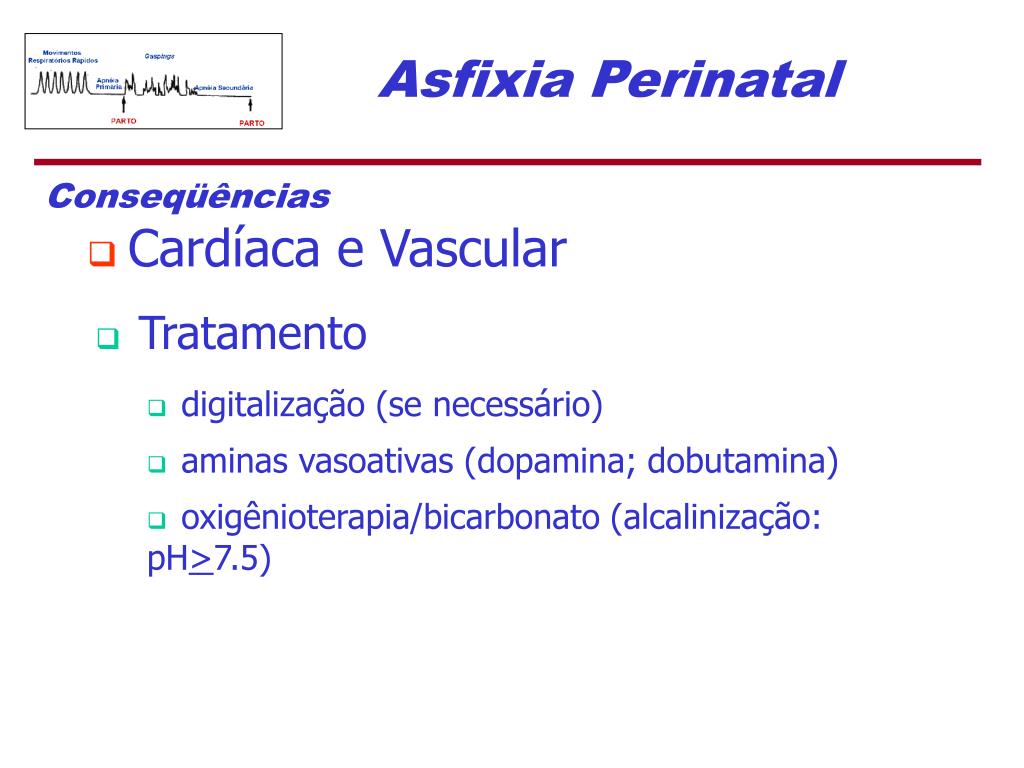

Maternal and infant predictors of attendance at Neonatal Follow-Up programmes. īallantyne, M., Stevens, B., Guttmann, A., Willan, A. Infant Behavior and Development, 58, 1-15. A decade of infant neuroimaging research: What have we learned and where are we going?. Archives of Health Sciences, 27(1), 56-60. Aspectos avaliativos do desenvolvimento infantil na atenção básica: uma revisão integrativa. Revista Brasileira de Saúde Materno Infantil, 13(2), 119-128. Fatores associados ao atraso do desenvolvimento motor de crianças prematuras internadas em unidade de neonatologia. American Academy of Pediatrics.Īraújo, A. Bright futures: Guidelines for health supervision of infants, children, and adolescents (3ª ed.). Repositório científico da Universidade de Coimbra. Fisiopatologia dos gânglios da base na Doença de Parkinson. Journal of Human Growth and Development, 30(2), 188-196. Novas tendências em instrumentos para triagem do desenvolvimento infantil no Brasil: uma revisão sistemática. Early Imaging and Adverse Neurodevelopmental Outcome in Asphyxiated Newborns Treated With Hypothermia. Īl Amrani, F., Kwan, S., Gilbert, G., Saint-Martin, C., Shevell, M., & Wintermark P. Neurodevelopmental outcome of term infants with perinatal asphyxia with hypoxic ischemic encephalopathy stage II.

Encefalopatia Neonatal: etiologia e morbilidade. This study points out the disadvantages caused by the limited access to neuroimaging techniques in developing countries, as well as the lack of standardized instruments for assessing child development.Ībreu, A. Regarding child development, the main outcomes identified were motor, cognitive and language delay.

There was a higher frequency of lesions in Basal Ganglia, Thalamus and in the White Matter was discovered by means of magnetic resonance imaging. The main neurological results identified were characterized as motor, cognitive and language delay. Imaging tests showed the prevalence of lesions in the basal ganglia and thalamus and in white matter. Of the 2,248 articles that were identified, 11 were selected to compose the study. Infant: birth-23 months, Infant: 1-23 months, human, diagnosis by magnetic resonance, tomography and electroencephalogram. This is an integrative review in which searches were performed on the CINAHL and PubMed databases, with the following inclusion criteria: cohort studies, clinical trials, publications from the last 5 years in the languages of Portuguese, English and Spanish. The aim of the study was to analyze the main findings in neuroimaging exams and neurodevelopmental outcomes in children with hypoxic-ischemic encephalopathy. Asphyxia Neonatorum Hypoxia-Ischemia, Brain Infant, Newborn Diagnostic Imaging Neurodevelopmental disorders.


 0 kommentar(er)
0 kommentar(er)
